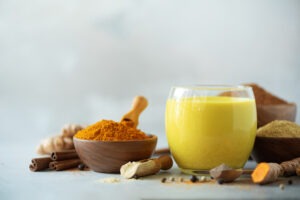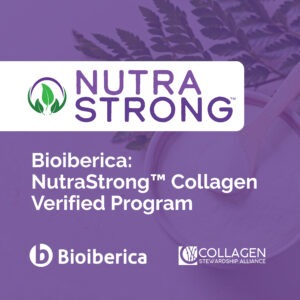Next Gen Ayurvedic Ingredients
Optimizing Botanicals – Next Gen Ayurvedic Ingredients
Natural product development is being transformed by new technology. From precision extraction techniques to AI-powered data analysis, we now have tools that bring greater speed, accuracy, and insight to how we understand and work with bioactive ingredients. These advances are already reshaping ingredient discovery and formulation, helping bring scientific validation to traditional medicine systems like Ayurveda.
New analytical tools are shining a light on traditional medicine systems, especially Ayurveda. Students of ethnobotany exploring the link between historical practices and modern preventative health approaches often land on Ayurveda as a deep well of promising ingredients and techniques.
This growing validation has fueled the commercial success of turmeric and, more recently, ashwagandha in wider markets and demographics beyond India. Other ingredients like boswellia (natural anti-inflammatory), triphala (traditional digestive formula), brahmi (supportive of cognitive function), tulsi (an adaptogen), and shilajit (mineral-rich compound that supports energy and vitality) are gaining broader recognition among global consumers.
Modern science and clinical trials are now identifying the mechanisms of action and biological pathways through which these ingredients work, as noted above. This growing body of evidence is helping validate their use not only within traditional systems like Ayurveda, but also in broader clinical and scientific circles. What was once discussed mainly in integrative, naturopathic, or complementary medicine communities is now gaining recognition in more conventional medical settings. With clearer mechanisms and measurable outcomes, these ingredients are increasingly difficult to dismiss, and are being seen as legitimate tools in a more comprehensive, evidence-based approach to health.
There are at least two major macro-trends driving the rise in popularity of Ayurvedic ingredients – Stress/resilience and an increased focus on healthspan in the developed world.
Several of the Ayurvedic herbs, including ashwagandha, amla and tulsi are adaptogenic. They serve as built-in thermostats, regulating our response to internal and external stressors. Managing and in fact excelling under stressful conditions is one of the top issues for much of the population, so the increases in popularity in recent years can be expected to continue.
At the same time, interest in healthspan, not just lifespan, is reshaping how we think about aging. More people want to live well, longer. Ingredients like turmeric, boswellia, and brahmi are being recognized for their ability to support healthy aging, from cognitive support and inflammation modulation to joint health. As the conversation around aging evolved from anti-aging to healthy aging, the audience has shifted too. What was once targeted to those 50 and over now appeals to proactive consumers starting as early as their 30s. This broader reach is expanding the category and pushing the industry to respond with both familiar and newly discovered ingredients.
The growing demand for Ayurvedic herbs has led to a surge in innovation, particularly around how these ingredients are formulated and delivered. Several years ago, the crowded curcumin/turmeric market began to differentiate itself through enhanced bioavailability, and now we’re seeing that same conversation across a broader range of ingredients, including ashwagandha. The term enhanced is another term being used, increasingly utilized to describe newer versions of bacopa, shatavari, and shilajit, often referring to improved absorption, potency, or standardization.
But is enhanced really the goal, or should we be aiming for optimization?
Merriam-Webster defines optimization as “to make something as effective, perfect, or useful as possible, often by improving its efficiency and performance.” That’s a much higher bar. There’s also more to optimization than just boosting bioavailability, which can be a double-edged sword. It theoretically can improve efficacy, but it can also increase the risk of toxicity. Higher bioavailability might count as enhancement, but by itself, doesn’t meet the standard for true optimization.
How does one achieve true optimization?
It starts with modern production technologies, advanced testing methods, and tight operational controls, all working together to deliver the most effective product at the lowest effective dose. When properly applied, this approach generates the kind of data that can validate real-world outcomes. We believe this type of thinking represents the true potential of many ingredients, including those of Ayurvedic origin.
Ayurveda 2.0, it appears, will be a combination of ancient traditions and modern science — that science including sophisticated production methods, rigorous quality control, and a novel understanding of complex mechanisms of action. This full-spectrum approach is what leads to true optimization. It demands precision, a commitment to integrity, and a willingness to do things the right way. There are no shortcuts.
We’re already seeing a wave of purposefully developed ingredients designed to meet the health needs of the modern age and deliver true optimization, and it’s likely just the beginning.



